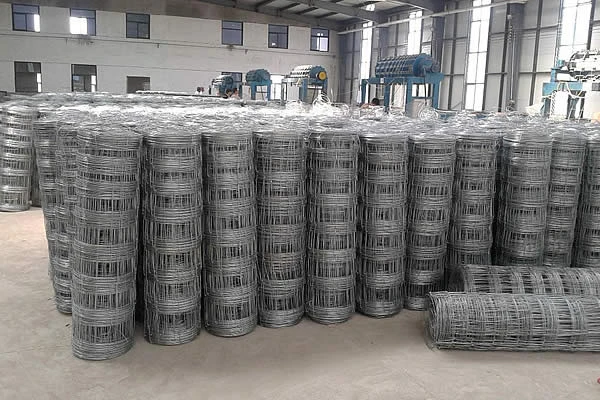 TEL:
+86-13102802206
TEL:
+86-13102802206
 Email:
fencenetting@china.com
Email:
fencenetting@china.com
 Language
Language
 TEL:
+86-13102802206
TEL:
+86-13102802206
 Email:
fencenetting@china.com
Email:
fencenetting@china.com
 Language
Language


Barbed Wire Metal Fence Posts A Comprehensive Guide
When it comes to securing property, whether it be farmland, residential areas, or commercial lots, installing a robust fence is often the first line of defense. Among the various fencing options available, barbed wire fences stand out due to their strong deterrent properties and cost-effectiveness. Central to the integrity and effectiveness of these fences are the metal fence posts. This article explores the significance, types, installation, and maintenance of barbed wire metal fence posts.
Significance of Metal Fence Posts
Metal fence posts play a critical role in the overall functionality of a barbed wire fence. Unlike traditional wooden posts, metal posts offer superior strength and durability. They can withstand extreme weather conditions, resist rot, and endure physical impacts better than their wooden counterparts. Additionally, metal posts provide a reliable framework that ensures the barbed wire remains taut, reducing sagging and enhancing the fence's effectiveness as a barrier.
Types of Metal Fence Posts
There are several types of metal posts suitable for barbed wire fencing, each with unique features
1. Galvanized Steel Posts These are the most common type of metal posts used in barbed wire fencing. Galvanization involves coating the steel with a layer of zinc, which protects it from rust and extends its lifespan. These posts are resilient and can last for many years with minimal maintenance.
2. Square Steel Tubing Square tubing posts are known for their strength and aesthetic appeal. They provide excellent stability and can often be easier to install due to their shape, which allows for better alignment when setting up the fence.
3. T-Posts T-posts are widely used in agricultural settings for barbed wire fences. They are typically made of galvanized steel and have a T-shaped cross-section, which provides additional features like grooves for easy wire attachment. The lightweight nature of T-posts makes them convenient for transportation and installation.
4. Corner and End Posts These posts are specifically designed to provide additional strength at turns and ends of the fencing line. They are usually heavier and more robust than regular line posts to withstand the tension of barbed wire.
Installation of Barbed Wire Fence Posts
Installing metal fence posts for a barbed wire fence requires careful planning and execution. Here’s a step-by-step guide for a successful installation

1. Planning and Measuring Before starting, determine the perimeter of the area to be fenced. Mark the locations of the posts, ensuring they are evenly spaced (usually 8 to 12 feet apart).
2. Digging Holes For each post, dig a hole 2 to 3 feet deep. The depth depends on the height of the fence; deeper holes provide better stability.
3. Setting the Posts Insert the posts into the holes and ensure they are vertical using a level. Pour concrete mix into the hole for additional stability and allow it to cure according to manufacturer instructions.
4. Attaching Barbed Wire Once the posts are securely set, begin attaching the barbed wire. Starting at one end, unroll the wire and secure it to the corner post. Use wire clips or tensioners to attach the wire to the posts, ensuring it is taut but not overly stretched.
5. Regular Checks After installation, periodically check the integrity of the posts and wires. Look for signs of wear, shift, or sagging, and make adjustments as necessary.
Maintenance of Metal Fence Posts
One of the significant advantages of metal fence posts is their low maintenance requirement. However, regular inspections can help prolong their lifespan
- Rust Prevention Ensure there are no scratches or damages to the galvanization that could lead to rust. If any spots are found, consider touch-up painting with a rust-resistant paint.
- Wire Condition Frequently check the barbed wire for damage or breakage. Tighten any loose sections to maintain the fence's integrity.
- Vegetation Control Keep the area around the posts clear of overgrown vegetation, which can lead to deterioration and provide cover for pests.
Conclusion
Barbed wire metal fence posts form the backbone of effective fencing solutions tailored to meet various security needs. Their durability, strength, and low maintenance requirements make them an essential choice for many property owners. By understanding the types available, following proper installation techniques, and maintaining them effectively, individuals can ensure their barbed wire fences serve their purpose reliably for years to come. Whether for agricultural use or securing residential properties, investing in quality metal fence posts is a decision that pays off in long-term security and peace of mind.